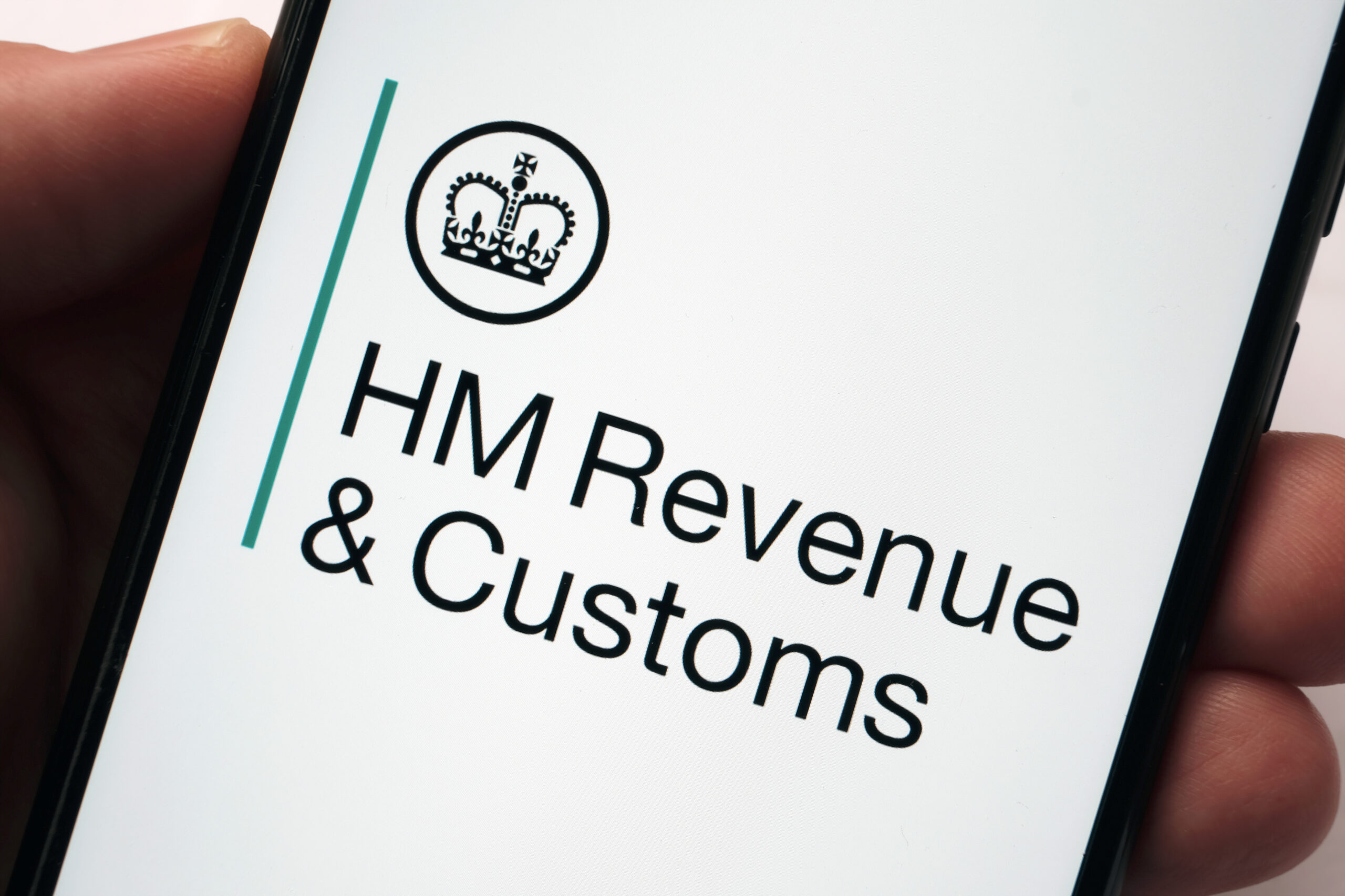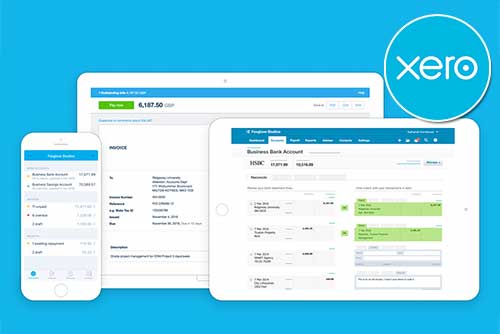Understanding Passive Income
The concept of passive income has garnered significant attention. The allure of earning money while you sleep or while sipping a cocktail on a beach is undoubtedly appealing. But what exactly is passive income, and how can one attain it?
This comprehensive guide aims to define passive income, explore its various forms, and provide actionable insights for those seeking to build a sustainable stream of passive income.
What is Passive Income?
Passive income refers to earnings generated with minimal effort or ongoing work. Unlike active income, which requires direct involvement in a job or trade, passive income streams can continue to generate revenue even when you’re not actively working. While achieving true “set-it-and-forget-it” passive income may require initial effort and investment, the goal is to create systems that generate income with little ongoing maintenance.
Six Types of Passive Income
There are several types of passive income, each with its own set of advantages and challenges.
- Rental Income: Owning and renting out real estate properties is a classic form of passive income. Whether it’s residential properties, commercial spaces, or vacation rentals, landlords earn income through rent payments from tenants.
- Dividend Income: Investing in dividend-paying stocks or mutual funds allows investors to earn regular income from the dividends distributed by companies.
- Interest Income: Holding interest-bearing assets such as bonds, certificates of deposit (CDs), or peer-to-peer lending investments can generate passive income through interest payments.
- Royalties: Authors, musicians, artists, and inventors can earn passive income through royalties on their creative works or intellectual property. This includes book sales, music streaming royalties, licensing fees, and patent royalties.
- Affiliate Marketing: By promoting products or services through affiliate programs, individuals can earn passive income through commissions on sales generated from their referral links.
- Digital Products: Creating and selling digital products like e-books, online courses, software, or mobile apps can generate passive income through sales or subscription revenue.
Advantages of Passive Income
Here are some compelling advantages of passive income:
Financial Freedom
One of the most significant advantages of passive income is the freedom it provides. Unlike traditional employment, where income is directly tied to the number of hours worked, passive income allows individuals to break free from the constraints of time. Once established, passive income streams can continue to generate revenue with minimal ongoing effort, providing financial stability and flexibility.
Time Flexibility
Unlike traditional jobs that require a fixed schedule and physical presence, passive income allows for greater time flexibility. Once set up, passive income streams can operate 24/7, giving individuals the freedom to pursue other interests, spend time with family, travel, or even start additional ventures.
Diversification of Income
Relying solely on a single source of income, such as a job, leaves individuals vulnerable to economic downturns, layoffs, or unexpected expenses. Passive income offers a diversified approach to earning money, with revenue coming from various sources such as rental properties, dividends, royalties, and investments. Diversifying income streams can help mitigate risk and provide a more stable financial foundation.
Leveraging Assets
Passive income enables individuals to leverage their assets to generate additional revenue. Whether it’s investing in real estate, stocks, bonds, or digital products, assets can be used to create income streams that grow and compound over time. By putting their money to work for them, individuals can maximise their earning potential and build wealth more efficiently.
Residual Income
Passive income often generates residual or recurring income, meaning that earnings continue to flow in even after the initial work has been completed. Whether it’s rental payments for landlords, dividend distributions, or royalty payments, passive income streams can provide a steady and predictable source of cash flow over the long term.
Retirement Planning
By building passive income streams early in life, individuals can create a sustainable income source that supplements their retirement savings, pensions, or social security benefits. This can help ensure a comfortable and financially secure retirement lifestyle.
Disadvantages of Passive Income
While passive income offers enticing benefits, it’s crucial to recognise its potential drawbacks. Here are some disadvantages to consider:
- Initial Investment and Effort: Many passive income streams require a significant upfront investment of time, money, or both to establish.
- Risk and Uncertainty: Passive income investments are not immune to risk. Real estate markets can fluctuate, stock prices can be volatile, and businesses can fail.
- Lack of Control: In some passive income ventures, such as investing in stocks or mutual funds, individuals have limited control over the performance of their investments. Market conditions, economic factors, and company decisions can all impact the returns on passive income investments.
- Ongoing Maintenance: Many passive income streams require ongoing maintenance and management. Rental properties need maintenance and tenant management, digital products may require updates, and investments may require monitoring and adjustments.
- Income Variability: Passive income streams may not always provide a consistent or predictable income. Rental properties may experience vacancies, dividend payouts can fluctuate, and affiliate marketing commissions may vary.
How to Build Passive Income Streams
- Identify Your Skills and Interests: Start by assessing your skills, expertise, and interests. Consider how you can leverage these strengths to create passive income streams that align with your passions.
- Invest in Assets: Whether it’s real estate, stocks, bonds, or digital assets, investing in income-generating assets is key to building passive income. Conduct thorough research and seek professional advice to make informed investment decisions.
- Create Passive Income Products: Develop digital products, such as e-books, online courses, or software applications, that provide value to your target audience. Focus on solving problems or addressing needs within your niche market.
- Automate and Outsource: Utilise automation tools and outsourcing services to streamline your passive income streams. Implement systems that require minimal ongoing maintenance, allowing you to scale your income without increasing your workload.
- Diversify Your Portfolio: Avoid putting all your eggs in one basket by diversifying your passive income streams. Spread your investments across different asset classes and industries to mitigate risk and maximise potential returns.
- Monitor and Adjust: Regularly monitor the performance of your passive income streams and make adjustments as needed.
The Power of Passive Income
Passive income offers the promise of financial freedom and flexibility by providing a steady stream of income with minimal active involvement. By understanding the various forms of passive income and implementing strategies to build and manage passive income streams, individuals can create additional sources of revenue and work towards achieving their financial goals.
However, it’s essential to approach passive income with realistic expectations, recognising that it often requires time, effort, and investment upfront to reap the benefits in the long run. With careful planning, diligence, and perseverance, anyone can embark on the journey to financial independence through passive income.





















